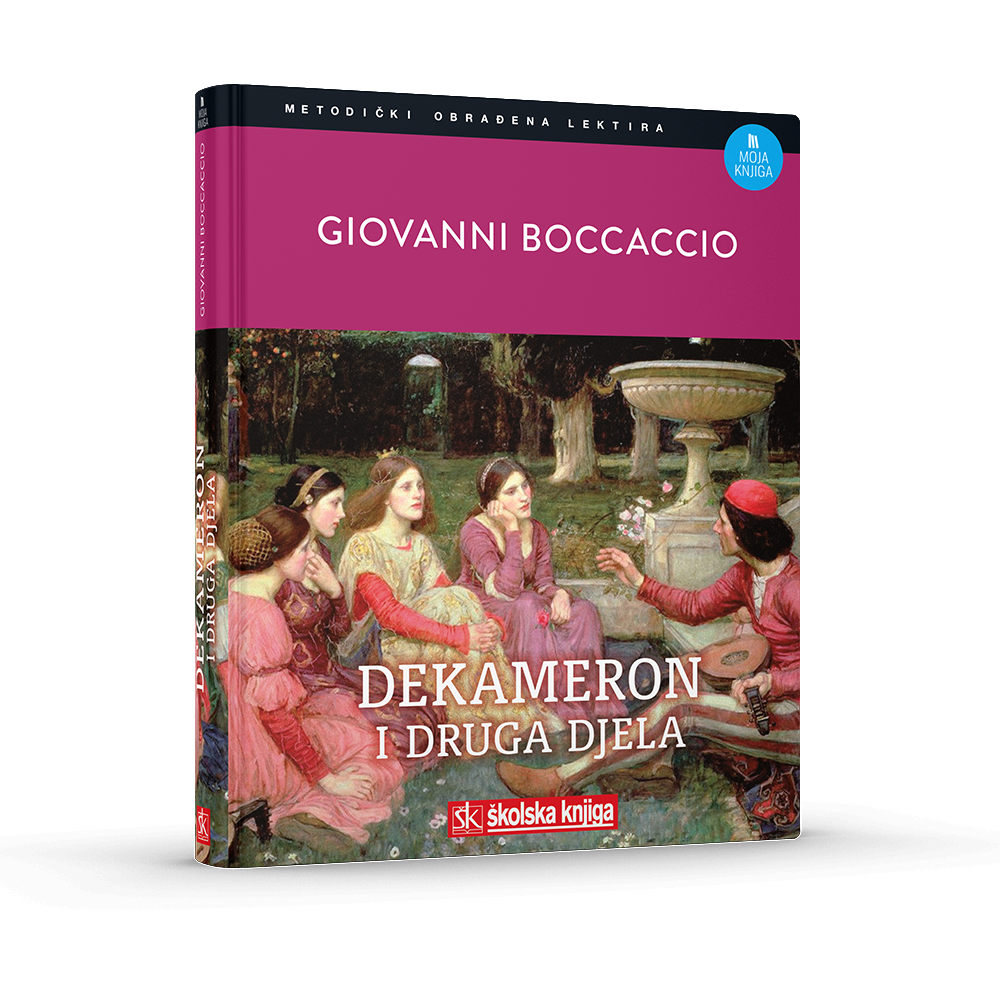

The late 20th century saw great interest in Boccaccio’s early vernacular works, primarily in North America. North American scholars of Boccaccio have focused on the Decameron.

Italian criticism of Boccaccio remains mostly philological, with important exceptions. Italian scholars, primarily Vittore Branca but also others, renewed efforts to create authoritative critical editions in the late 20th century. Italian, German, and French scholars made the first critical editions of Boccaccio in the late 19th century. Although his Latin encyclopedic works were his most important and influential works for centuries, modern audiences, both scholarly and otherwise, have made the Decameron Boccaccio’s most read text. Boccaccio was acutely aware of his position as mediator between different cultures-classical and medieval Italian, French, and Latin and Christian and pagan-and thus he stands as an important figure in the development of a European humanist literary culture that defines the Renaissance and beyond. His vast body of poetic and prose works represents a great variety of classical and medieval literary genres. Giovanni Boccaccio (b. 1313–d. 1375), along with the two other great Florentine writers, Dante Alighieri and Francesco Petrarch, is one of the Three Crowns of Italian literature.


 0 kommentar(er)
0 kommentar(er)
